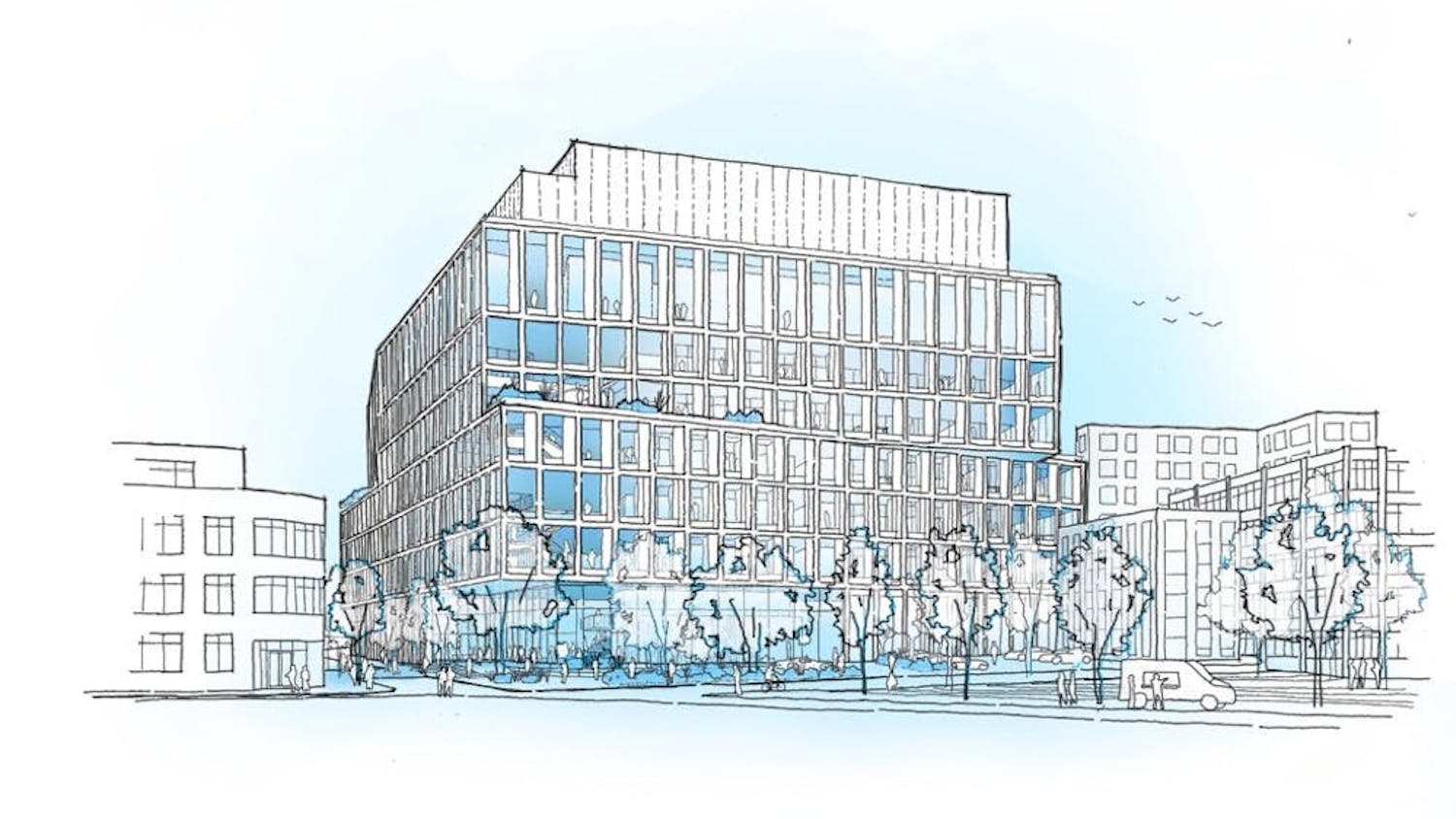The latest figures from the U.S. Census Bureau released last month show that Rhode Island’s population increased by 1,207 people from July 2012 to July 2013 — the first increase in nearly a decade. Over the past 10 years, the smallest state in the country —though densely populated — underwent a population decrease, consistent with a trend of migration away from New England states to the West and the South.
The increase in population from 1,050,304 to 1,051,511 represents only about a .1 percent rise in total population. In the 12-month span beginning in July 2012, the number of Rhode Islanders who left the state — a total of 3,922 — narrowly exceeded the number of people moving into the state from foreign countries — a total of 3,688. But with these two forces essentially cancelling each other out, the historically stable birth rate drove a small population increase, the Providence Journal reported.
The presence of long-established immigrant communities in Rhode Island contributed to the influx of residents from foreign countries, said Leah VanWey, associate professor of sociology.
But the balance of immigrant nationalities today is very different from that of the 20th century, VanWey said.
“Portuguese, Armenians and Italians have lost prominence to groups from South America — like Peru and Brazil — as well as South East Asian groups, such as Vietnamese and Cambodians,” VanWey said.
Immigrant population growth requires additional state educational expenses to fund translators and English language programs for new U.S. residents, she said.
Despite the population bump last year, Rhode Island still has fewer residents than it did in 2010. And the projections released by the Rhode Island Statewide Planning Program predict the population decline will continue, estimating that in 2020, Rhode Island’s population will have shrunk to 1,049,176.
An important factor in these projections is the state’s relatively old population when compared to national statistics, said Michael White, professor of sociology. The age composition of Rhode Island could have negative effects on the state’s fiscal health in the future, as pensions for retirees will require greater public expenditures, he said. Revenue collected from income taxes could also decrease, with projections showing a shrinking proportion of working-age people compared to a steady total population, according to the Rhode Island Statewide Planning Program.
Though the Rhode Island Statewide Planning Program projects a declining birth rate, VanWey said it is important to take the generally higher birth rate among the state’s immigrant populations into account, adding that even seemingly small factors can strongly affect the population in a state as small as Rhode Island.
ADVERTISEMENT




